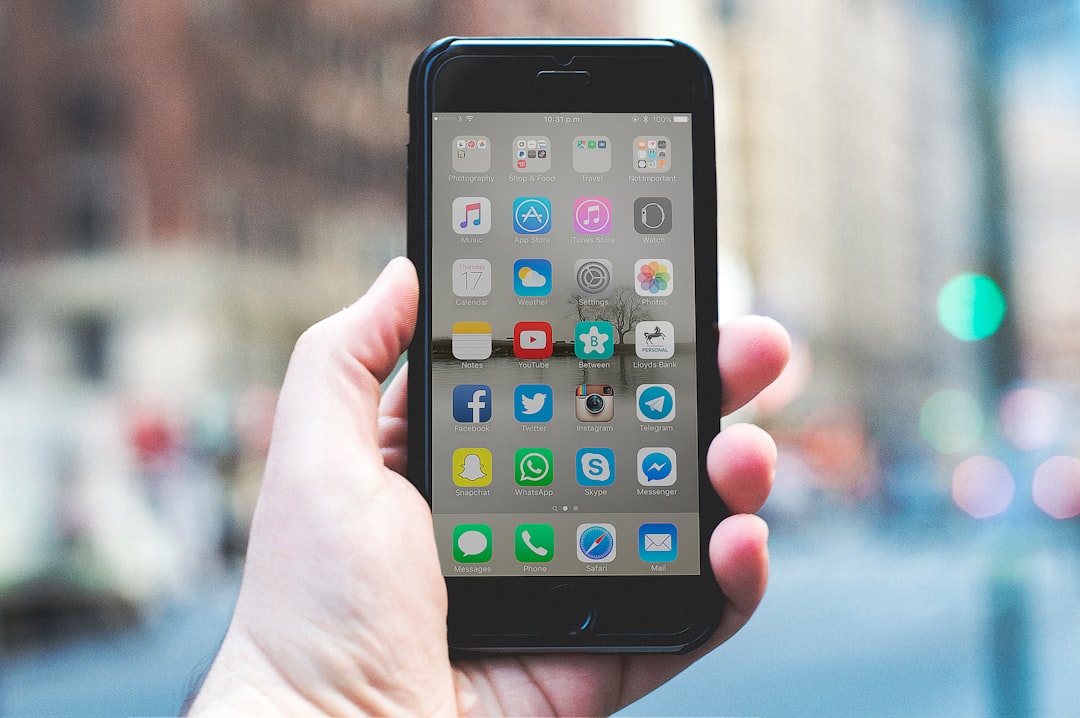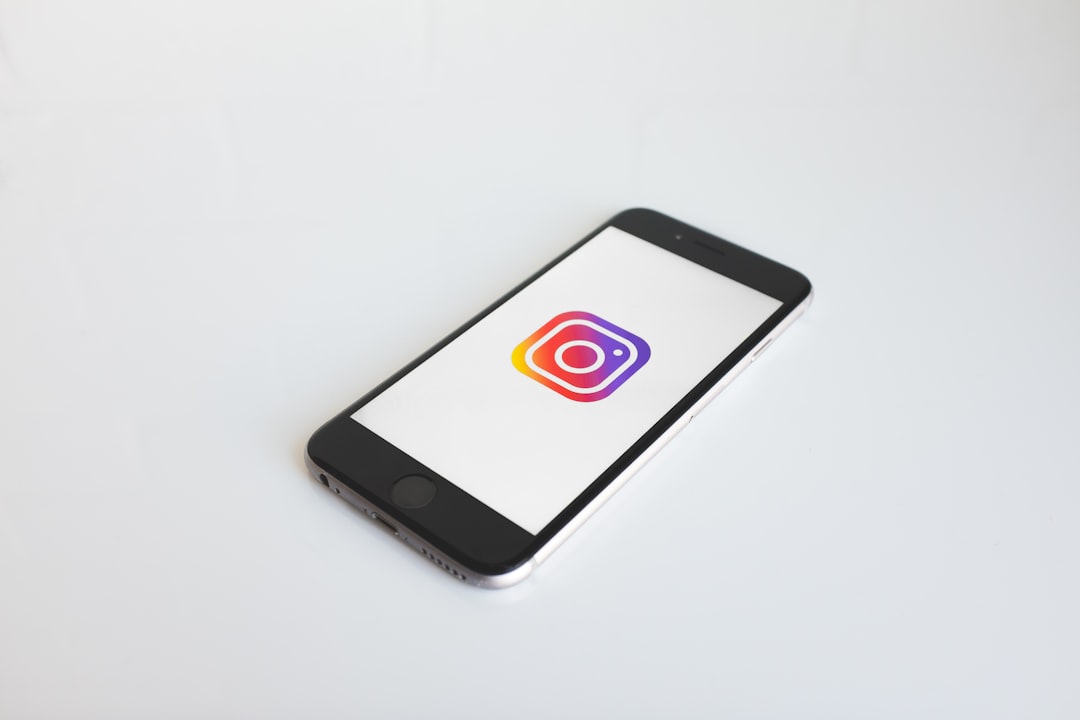An Introduction to Social Media
There’s a lot of ongoing buzz about social media, and a wide range of opinions on how useful it can be. As a marketer, I can say for certain that — used in the right way — it can be a very powerful communication tool and an unsurpassed platform for engagement. There’s a lot to learn about social media, and a huge variety of social media that you could employ, but this article will give you a strong start on knowing what’s out there and how it can help you.
How can social media benefit me?
The benefits of social media vary on what you use and how, as well as the nature of your website. That being said, there are many ways that you could find social media valuable to you:
- As a marketing platform, with little-to-no-cost, social media can promote your website, brand, products or services
- As an engagement or support tool, social media can help you communicate and interact with your customers both broadly and individually
- For customer research, social media can give you insight into your visitors’ behaviour, interests and activities
- For content management, social media can curate and publish your content· In terms of e-commerce, social media can bring a lead into your sales funnel
Before diving in, it’s important to identify the objectives and outcomes of your social media use so that you can pick the right media and implement it as effectively as possible.
Photo by Saulo Mohana / Unsplash
What are some popular social media?
There are a plethora of social media, with new platforms regularly being introduced. Each medium has a unique use and userbase, so identifying the right blend and content for each platform is important.
Photo by William Iven / Unsplash
A truly social platform, Facebook is friend, community and interest-based. It can be a great way to communicate and interact both individually and en masse. It has a variety of methods (pages, groups, events, figures), and a unique advertising system to promote both internal pages and external websites. Think of Facebook as being a place online that users can “hang out” with friends, and what role your website or brand can play in that.
Photo by freestocks.org / Unsplash
A “microblogging” platform, Twitter is a way to converse, share and communicate in 140 character or less messages (called tweets). Twitter is more open and less community-based, largely because users can follow other users or lists without needing approval or reciprocation. It can be a great way to put out concise messaging (which can go to a wider audience through use of hashtags), as well as have brief conversations with some of your users and participants.
What seems like a simple photo app is quickly becoming much more. Almost purely visual, Instagram is a popular photo-sharing application that integrates with other social media. If your website is very visually-oriented, sharing photos with users by Instagram is a great way to establish your content, brand and value.
Tumblr

A media-heavy blogging platform, Tumblr is a flexible way to publish and curate content with added social features like re-blogging, replying and liking a user’s posts. Traditionally Tumblr is widely-adopted by a younger (14-20) audience, it is quickly gaining steam as a leading blogging platform. You can also use a domain or sub-domain with Tumblr to create a full website or microsite, customized as you see fit using themes or your own CSS.

The standard in professionally-oriented social media, LinkedIn provides value for individuals (as an online resume, job-hunting, networking and communication tool), companies (as a branding, job posting and communication tool), and groups (in an open or closed format, for communication and networking). For B2B and professional interactions, LinkedIn is the most popular platform.
Predominantly a visual tool, Pinterest is a great content-sharing platform that allows for individual user accounts as well as branded pages. Traditionally, Pinterest had a very female userbase, and content was oriented around food, design, fashion, and DIY projects. However, both the users and content are continually broadening and diversifying.
There are many more social media, each with their own community and application. It depends entirely on the nature of your website and your objectives, but adopting the right blend will let you tap into a wealth of potential.
How can I integrate social media into my website?
There are many ways you can leverage your social media on your website. Here are some popular ways:
Facebook:
Using widgets and plugins, you can put up a section on your website that links to your Facebook page, giving the user the option to like and/or visit your page from your website. If logged in, some widgets will even display to the user which of their friends already like your page. You can also encourage your users to like, share or comment on your content using Facebook. . Here are some official Facebook plugins for your website.
Twitter:
Like Facebook, widgets and plugins can allow you to display your Twitter handle/profile on your website, and even some of your recent tweets. As a simpler alternative, you can also provide your Twitter handle in your contact information, as a way for users to reach you for help, questions or conversation. You can find official Twitter plugins for your website here
Instagram:
There are also widgets to integrate Instagram onto your website, displaying one or more of your photographs. This is a great way to add regular, visual content to your website that you don’t have to manage. Here is a popular Instagram plugin for WordPress called Instapress, but there are many more options available.
Tumblr:
Tumblr can serve as a blog for your site, either as a sub-domain or simply linked. Even if not as your blog, it can be a great way to curate your media content, especially photographs, video or audio. Tumblr can also publish directly to Twitter or Facebook, making it a great way to put out content on multiple channels without a lot of effort. You can use these buttons to tie your website to your Tumblr.
LinkedIn:
You can link your LinkedIn profile, company page or group directly to your website. Depending on the nature of your site, this can be a great way to connect to your users and continue to network with them. LinkedIn has many plugins and buttons to build it into your website.
Pinterest:
By using a widget, you can let users “pin” your content (such as a blog article), or link to your profile or boards. Like Instagram, it can be a great way to dynamically pull in visual content onto your website. Pinterest has a unique button and widget builder you can use for custom integration.
As a general rule, whichever social media you adopt, you should identify on your website and encourage your users to follow. Whichever platform has the highest uptake can be a strong indication about what your users care about and what content you should be providing.
How can I use social media to promote my website?
In addition to bringing social media to your website, you can bring your website and its’ content to your social media. Here are some ways you can do this:
Facebook:
You can use Facebook to promote your content, interact with your user community, and advertise your website. Facebook, with all of its liking, sharing and commenting mechanics, is a great way to engage users and promote initiatives, like sales or events.
Twitter:
You can share your blog posts, sales, new items or thoughts on Twitter. At the same time, it’s a great way to participate in a conversation with your users, your users’ connections (through re-tweets), or category influencers (through hashtags).
Instagram:
Use Instragram to share photos that will inspire and engage your followers to establish your website and brand as interesting and creative. By using hashtags well, you can also reach a wider audience and gain new followers.
Tumblr:
Tumblr can be your blog, the home of your content, or even your main site. You can use it to feed into your other social media, or use tags to establish yourself as an influencer and a thought leader. Tumblr is often most effective when used as a narrative complement to your regular site content, giving your users insight into yourself or your brand.
LinkedIn:
By sharing your website content (especially blog posts) with your connections, you can demonstrate your credibility and value to your professional network. Make sure to keep your audience in mind with what you share, so that the content is relevant to their interests.
Pinterest:
If much of your website content is visual, instructional or interesting, then sharing it on Pinterest by “pinning it” to the appropriate boards, you can establish your website and brand while building a larger community.
Your website and your social media can stand entirely independently of each other. But if used properly and integrated well, you have the opportunity to create a comprehensive and socially-engaging experience that makes your users happier and delivers better results for you. With the right platforms and content, you’ll quickly find that your holistic online experience is succeeding.





























